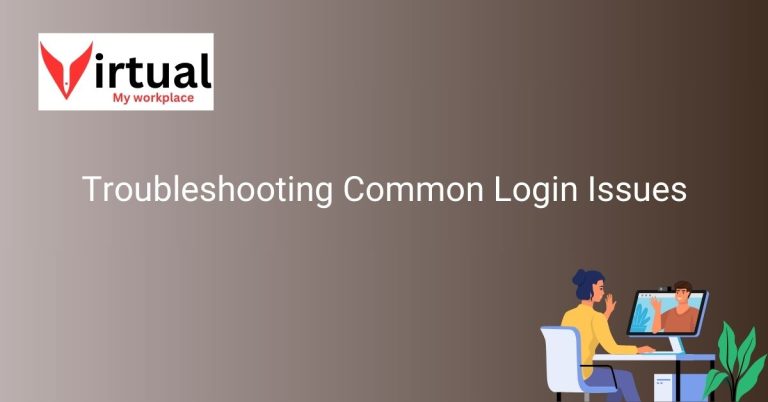Biometric Login Options: A Comprehensive Exploration
In the realm of modern technology, the concept of biometric login options has revolutionized the way individuals access their virtual workplaces. By incorporating unique biological characteristics such as fingerprints or facial recognition, users can securely authenticate their identities with ease. This method not only enhances security measures but also streamlines the login process, making it more efficient for individuals to access their virtual workplace.
With biometric login options gaining traction in various industries, the exploration of its capabilities within the realm of virtual workplaces is crucial. From enhancing data security to providing a seamless user experience, the utilization of biometric authentication offers a myriad of benefits. As organizations continue to prioritize cybersecurity, implementing biometric login options in virtual workplaces has become a cornerstone in ensuring sensitive information remains protected.
Understanding Biometric Login Options
Biometric login options refer to the use of unique biological characteristics such as fingerprints, facial recognition, or iris scans to verify and authenticate a user’s identity. This technology has revolutionized the way individuals access their virtual workplaces by providing a secure and convenient method of authentication.
Benefits of Biometric Authentication
One of the key benefits of biometric authentication in virtual workplaces is heightened security. Unlike traditional password-based systems, biometric data is unique to each individual, making it significantly more difficult for unauthorized users to access sensitive information. This helps organizations mitigate the risk of data breaches and unauthorized access.
Enhancing Data Security
Biometric authentication plays a crucial role in enhancing data security within virtual workplaces. By requiring biometric data for login access, organizations can ensure that only authorized individuals can access sensitive information. This reduces the likelihood of data breaches and strengthens overall cybersecurity measures.
Streamlining User Experience
Implementing biometric login options in virtual workplaces not only enhances security but also streamlines the user experience. Users no longer need to remember complex passwords or worry about password theft. Biometric authentication offers a seamless and user-friendly login process, improving overall efficiency and productivity.
Implementation in Virtual Workplaces
Many organizations are now integrating biometric authentication into their virtual workplaces to bolster security measures. By implementing biometric login options, companies can ensure that only authorized employees can access sensitive data and information. This technology has become a cornerstone in safeguarding virtual workplace environments.
Future Trends in Biometric Technology
The future of biometric technology in virtual workplaces looks promising. Advancements in biometric sensors, algorithms, and machine learning are continuously improving the accuracy and reliability of biometric authentication systems. As technology evolves, we can expect to see even more sophisticated biometric solutions tailored for virtual workplace environments.
Frequently Asked Questions
Learn more about securing your account in a virtual workplace with these informative FAQs.
How can I enhance the security of my online account?
One way to enhance the security of your online account is by using strong, unique passwords for each website or platform you access. Additionally, enabling two-factor authentication can provide an extra layer of security by requiring a second form of verification before granting access to your account.
What are some common protection measures to implement in a virtual workplace?
Common protection measures to implement in a virtual workplace include regularly updating software and applications to patch any security vulnerabilities, using encryption to protect sensitive data, and training employees on cybersecurity best practices to prevent phishing attacks or other forms of cyber threats.
How can I identify potential security threats in my virtual workplace?
One way to identify potential security threats in your virtual workplace is by monitoring network activity for any unusual or suspicious behavior. Implementing intrusion detection systems and conducting regular security audits can help identify vulnerabilities that could be exploited by cyber attackers.
What should I do if I suspect unauthorized access to my online account?
If you suspect unauthorized access to your online account, immediately change your password and enable two-factor authentication if you haven’t already. Notify the website or platform provider of the potential breach and monitor your account activity closely for any unauthorized transactions or changes.
How can I educate my team on the importance of cybersecurity?
One way to educate your team on the importance of cybersecurity in a virtual workplace is by providing regular training sessions on cybersecurity best practices, such as how to identify phishing emails, create strong passwords, and secure sensitive information. Encouraging open communication and promoting a culture of cybersecurity awareness can help mitigate risks and protect your online workspace.







